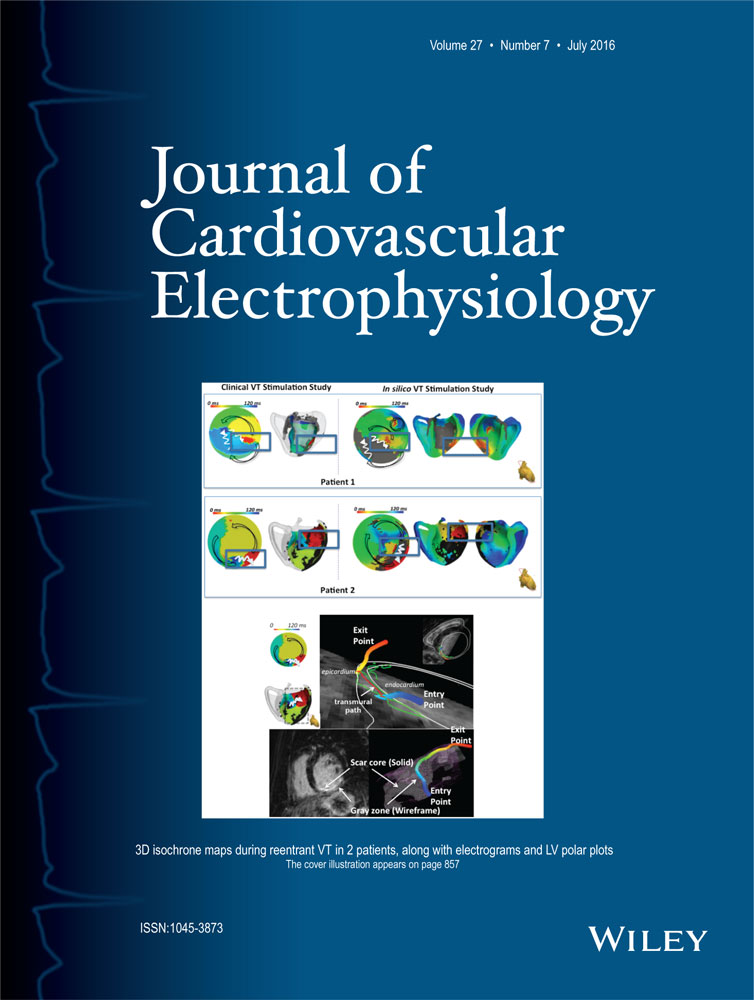Single 3-Minute versus Double 4-Minute Freeze Strategy for Second-Generation Cryoballoon Ablation: A Single-Center Experience
Drs. Chierchia and de Asmundis contributed equally to the article as senior author.
GM received an educational grant from Medtronic. CdA and GBC receive compensation for teaching and proctoring purposes from AF Solutions Medtronic. CdA and GBC receive speaker's fees from Medtronic. BP received honoraria from Biotronik. Other authors: No disclosures.
Single 3 vs. Double 4 Strategy in CB ablation
Introduction
Second-generation cryoballoon (CB-Adv) ablation is highly effective in achieving pulmonary vein isolation (PVI) with promising mid-term clinical outcome. However, the ideal freezing strategy is still under debate. The aim of this study was to assess the efficacy of a single 3-minute approach compared to the conventional 4-minute plus bonus application using CB-Adv.
Methods and Results
One hundred and sixty patients (67% male; mean age 58.0 ± 13.3 years) underwent PVI using CB-Adv for paroxysmal atrial fibrillation (PAF). Among 160 patients, 80 received a single 3-minute approach (3-mns group), while the remaining 80 conventional 4-minute plus bonus-freeze (4-mns group). Mean procedure and fluoroscopy times were 90.6 ± 15.8 and 18.3 ± 6.9 in the 4-mns group, 75.2 ± 17.1 and 13.5 ± 8.7 in the 3-mns group (P < 0.001, respectively). First-freeze isolation rate was 91.6% in the 4- versus 90.6% in the 3-mns group (P = 0.78). Persistent phrenic nerve palsy (PNP) occurred in 6/80 (3.5%) in the 4-mns group and 4/80 in the 3-mns group (P = 0.75). The overall freedom from ATas 2 years after the procedure was 78.1% (125/160): 77.5% (62/80 patients) in the 3-mns and 78.8% (63/80 patients) in the 4-mns group (P = 0.82). In multivariate analysis, time to PVI and nadir temperature independently predicted ATa recurrences (P < 0.001).
Conclusions
CB-Adv ablation for PAF is highly effective, resulting in 78% 2-year freedom from arrhythmic recurrences. A “single 3-minute strategy” showed equal efficacy as compared to the conventional 4-minute plus bonus freeze approach at 2-year follow-up, providing shorter procedure and fluoroscopy time. Nadir temperature and time to PVI were predictors of arrhythmic recurrences. “Bonus-freeze” strategy might be unnecessary.




